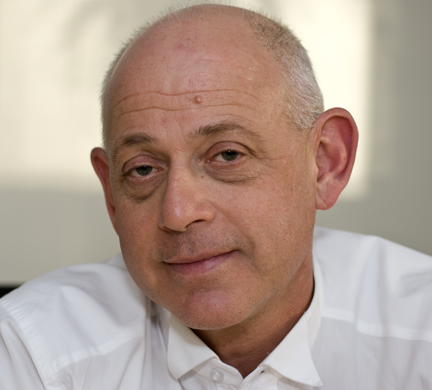In the wake of a Supreme Court of Canada ruling that casts doubt on Mr. Big convictions, the Association in Defence of the Wrongly Convicted held a press conference today calling on Justice Minister Peter MacKay to conduct a comprehensive review of all such convictions.

On July 31, the SCC ruled that Mr. Big convictions — in which suspects are recruited into fake gangs where they’re convinced to lower their guard and confess to past crimes — are presumptively inadmissible due to their inherent unreliability and the high risk of jury prejudice and police abuse.
The technique, which was invented in Canada in the 1990s, has been executed by law enforcement approximately 350 times, resulting in more than 100 such convictions.
AIDWYC has been working on shaky Mr. Big convictions for years. Now, bolstered by the SCC ruling in
R. v. Hart, the group is calling on the federal government to conduct a comprehensive review of past convictions.
Russell Silverstein, a director on AIDWYC’s board, says there’s good reason to believe a significant number of these confessions may be compromised. “We want to find out which ones those are,” he says.
In
Hart, the SCC lays out safety criteria that allow for the admissibility of Mr. Big confessions. One of these criteria is the presence of “confirmatory evidence” (such as detailed knowledge of the crime scene), which provides strong indication the suspect committed the crime.
Silverstein, who represented AIDWYC as an intervener in the case, says the group is principally concerned with cases where there is no confirmatory evidence, or where the confirmatory evidence is itself suspect.
As an example of such dubious evidence, Silverstein points to the case of Kyle Unger, a Manitoba man convicted of first-degree murder in 1992 who falsely confessed during a Mr. Big sting operation.
The case against Unger relied on his confession as well as testimony from a forensic expert who identified a hair found at the crime scene as belonging to Unger.
In 2004, the case prompted Manitoba’s Attorney General to establish a Forensic Review Audit of hair microscopy. The audit revealed, through DNA testing, that the hair previously thought to have belonged to Unger was in fact someone else’s.
A new trial was ordered and Unger was acquitted — but only after having spent 13 years in prison. “There were two things going on in that case,” says Silverstein. “There was the confession and then there was the forensic evidence. And the forensic evidence turned out to be nonsense.”
Silverstein suggests a review of Mr. Big convictions could adopt the same framework as the Manitoba audit on hair microscopy. He expects there will be lots of cases where the confirmatory evidence is solid, but he wants these past convictions held to the standard the Supreme Court has set in
Hart.
“The important thing is to take it to the next step and to look at the cases of those who’ve been convicted based on this kind of scenario — who are outside the judicial system now with no further avenue of appeal — and get the federal government to audit those cases.”

